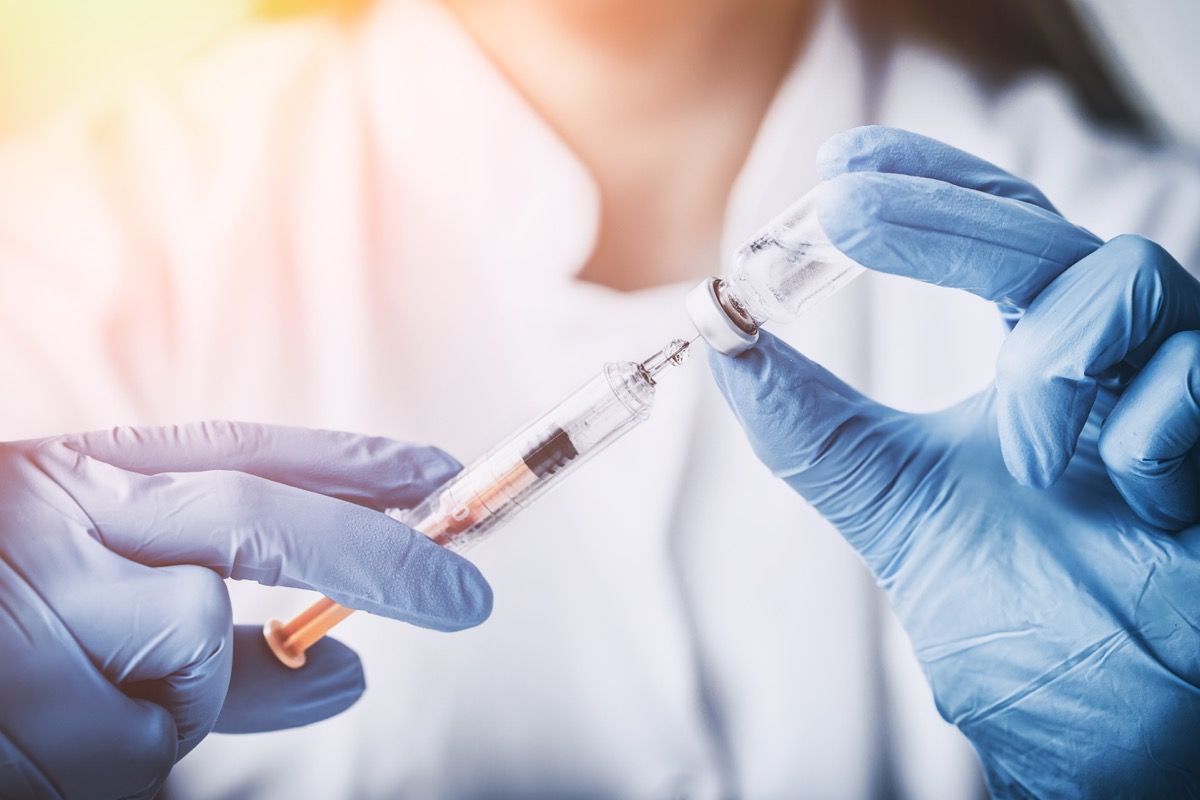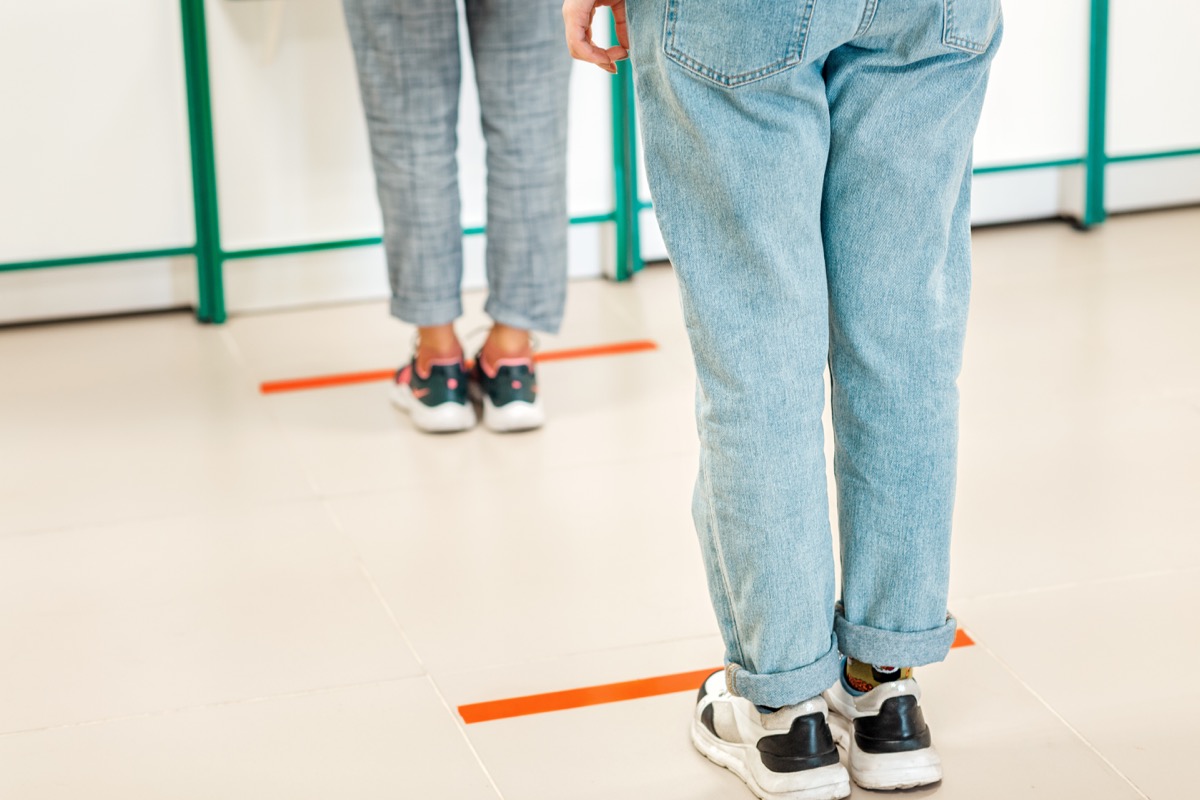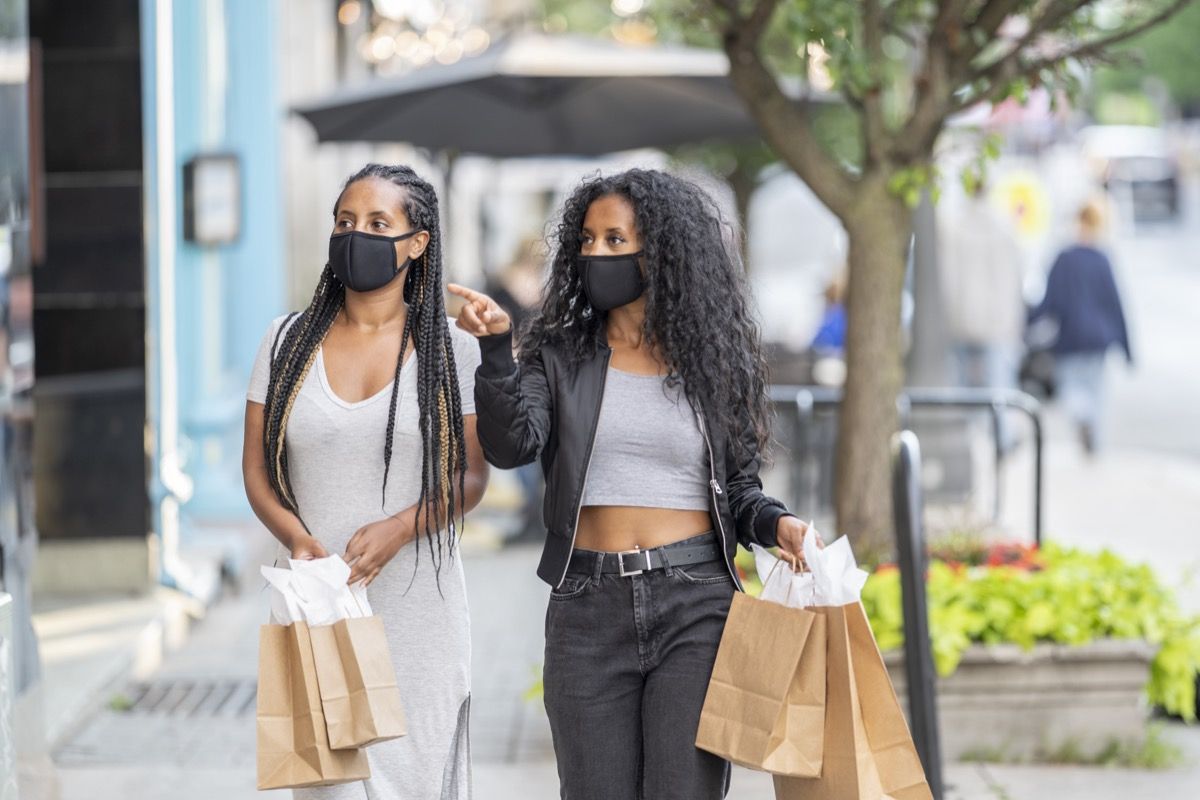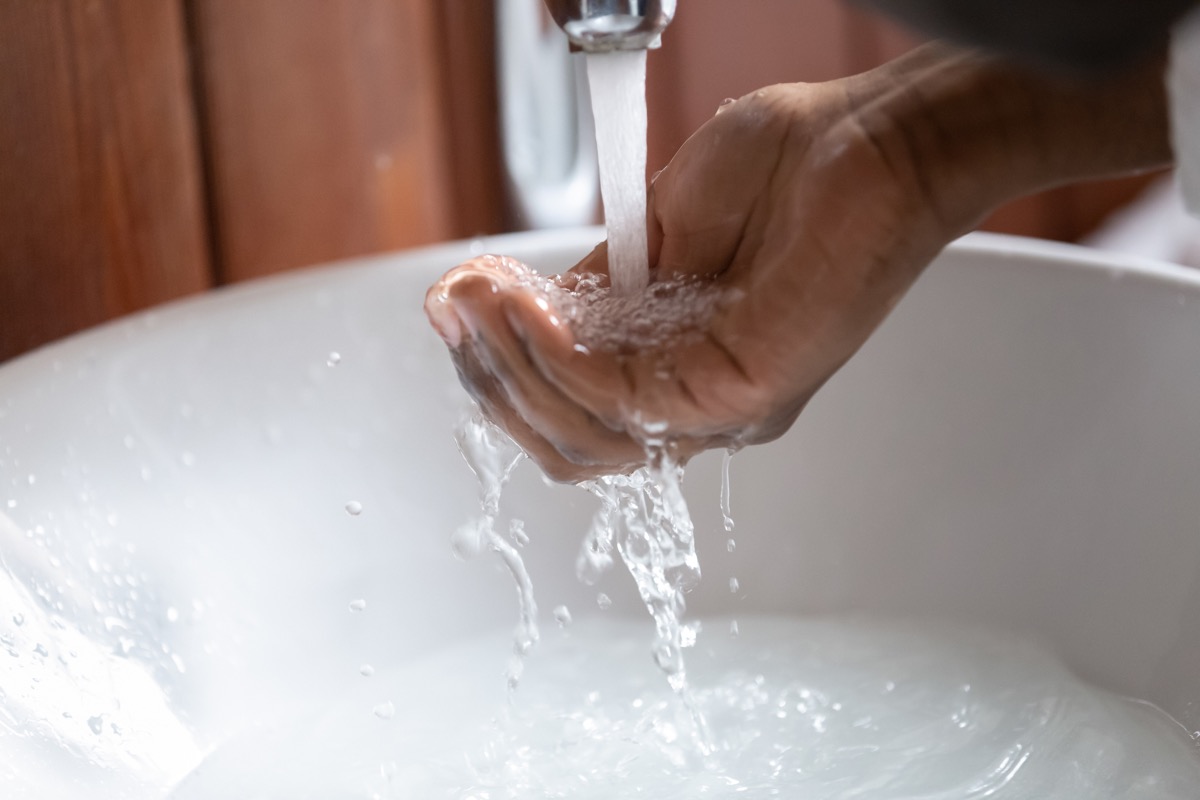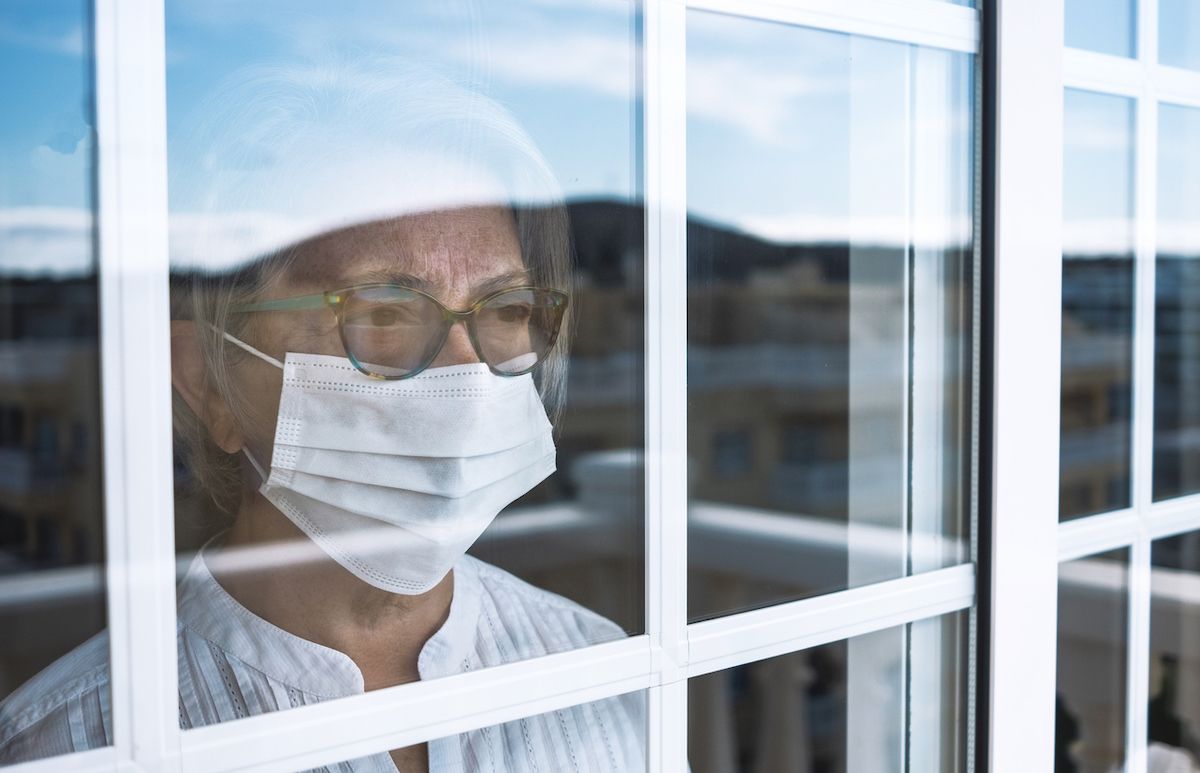On Jan. 15, the CDC shared their newest study on the U.K. strain, known as B.1.1.7, noting that “the modeled trajectory of this variant in the U.S. exhibits rapid growth in early 2021, becoming the predominant variant in March.” Although some studies have predicted that the U.K. strain of COVID is as much as 70 percent more transmissible, the CDC study modeled the mutation as 50 percent more contagious. As a result of how easy it is to catch and spread the U.K. variant, the CDC says we need “an even more rigorous combined implementation of vaccination and mitigation measures… to control the spread of SARS-CoV-2.” And there’s no time to waste, according to the CDC. “These measures will be more effective if they are instituted sooner rather than later to slow the initial spread of the B.1.1.7 variant,” they report. To help mitigate the spread of COVID and the U.K. strain of the virus specifically, the CDC urges Americans to do the following five things A.S.A.P. And for more on where the new variant is so far, check out The New COVID Strain Is Now in These States. Read the original article on Best Life.ae0fcc31ae342fd3a1346ebb1f342fcb While vaccine distributors continue churning out doses of vaccine and the U.S. scrambles to immunize as many people as possible, the U.K. strain continues to spread. The more transmissible strain makes it that much more imperative to speed up vaccination efforts and encourage more people to get vaccinated. “Increased transmissibility also means that higher than anticipated vaccination coverage must be attained to achieve the same level of disease control to protect the public compared with less transmissible variants,” reads the CDC’s report. If you plan on getting the vaccine, check out If You Take These OTC Meds, You Have to Stop Before Getting the Vaccine. The CDC also urges Americans to maintain physical distance in public spaces. The agency’s current recommendation is to keep six feet of distance between you and anyone that’s “not from your household in both indoor and outdoor spaces.” Keeping distance gives the virus less of an opportunity to spread from one person to another. And for more up-to-date COVID news delivered straight to your inbox, sign up for our daily newsletter. Throughout the pandemic, the CDC has advised people to wear masks whenever they are in the company of those outside of their household. Many states and cities have also mandated the use of masks in public spaces. With the U.K. strain swirling around, it’s now more important than ever to continue wearing a quality face covering. To find out how to make your mask even better, see how Doing This to Your Mask Could Keep You Even Safer From COVID, Experts Say. With a variant of the virus that’s more easily spread in our midst, hand hygiene has become all the more essential. The CDC implores people to wash their hands frequently for at least 20 seconds “especially after you have been in a public place, or after blowing your nose, coughing, or sneezing.” And if you’re not near a sink, use a hand sanitizer that contains at least 60 percent alcohol. And for more ways to stay safe, check out These 3 Things Could Prevent Almost All COVID Cases, Study Finds. One of the best ways to slow the spread of COVID is to ensure that those who may have the virus stay home. The CDC says anyone who tests positive for COVID-19 should isolate for at least 10 days after their symptom onset. As for people who’ve been in close contact with someone who has COVID, the agency says they need to quarantine for 14 days. And if you experience any of the various COVID symptoms yourself, it’s best to stay home until you secure a negative COVID test. To see what the future of COVID might look like, check out The Moderna CEO Just Made This Scary Prediction About COVID.
